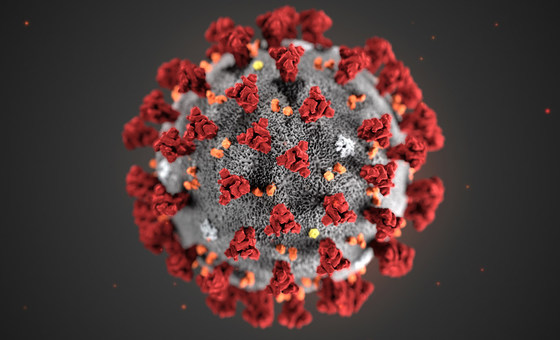
The head of the UN World Health Organization (WHO) has declared “with great hope” an end to COVID-19 as a public health emergency, stressing that it does not mean the disease is no longer a global threat.
For over 12 months, the pandemic “has been on a downward trend,” he said, with immunity increasing due to the highly effective vaccines developed in record time to fight the disease, and infections. Death rates have decreased and the pressure on once overwhelmed health systems, has eased.
“This trend has allowed most countries to return to life as we knew it before COVID-19”, Tedros added.
The World Health Organization (WHO) is working closely with global experts, governments and partners to rapidly expand scientific knowledge on this new virus, to track the spread and virulence of the virus, and to provide advice to countries and individuals on measures to protect health and prevent the spread of this outbreak.
Find out how the WHO is working across its 149 country offices to assist communities all over the world.
Coronaviruses (CoV) are a large family of viruses that cause illness ranging from the common cold to more severe diseases. Find out more about this novel coronavirus (nCoV) that has not been previously identified in humans.
What are the symptoms of COVID-19? How can I protect myself? Should I worry about COVID-19? Get the answers.
Verified is a United Nations initiative to encourage us all to check the advice we share.
23 September 2022
Everyone is talking about coronavirus disease 2019 (COVID-19). Be sure to get your facts from reliable sources. The UN offices, field missions, agencies, funds and programmes are providing new information as it becomes available. Here are some of their resource pages.
The United Nations is closely monitoring the situation with the COVID-19 outbreak. This page features important advisories, guidelines, resources, and materials on the COVID-19 outbreak for all UN duty stations, offices, personnel and their families, visitors, and UN healthcare workers, as well as advice on maintaining wellness. It is updated with the latest available information.
Get information on UN meetings.
General Assembly resolutions
Secretary-General’s reports
Broadcast-quality video
UN WebTV COVID-19 playlist
Social media posters, advice for patients and health workers and key scenarios for printing
Dr. Kate O’Brien, Immunization Director at the World Health Organization, takes us on a historical tour from the development of the first modern vaccine in the late 18th Century, to the new vaccines that are combatting today’s COVID pandemic. The United Nations, and its partners in the COVAX facility, are ensuring that vaccines reach every low-income country in the world.
With large sections of the population unvaccinated, new variants, like Omicron, are likely to keep emerging. These new variants spread like wildfire and put everyone at increased risk. To end this destructive cycle, the UN says we must vaccinate at least 70% of the population in every country. The UN’s vaccine strategy is to achieve this goal by mid-2022. This will require at least 11 billion vaccine doses – but the task is doable.
COVID-19 disrupted supply chains around the world. It tested the resilience of global healthcare systems and exposed weaknesses in public procurement processes. But the pandemic has also provided us an opportunity to learn valuable lessons. Our Insights video series brings you ideas, analysis and solutions to some of the most complex challenges at the heart of the humanitarian and development world.







